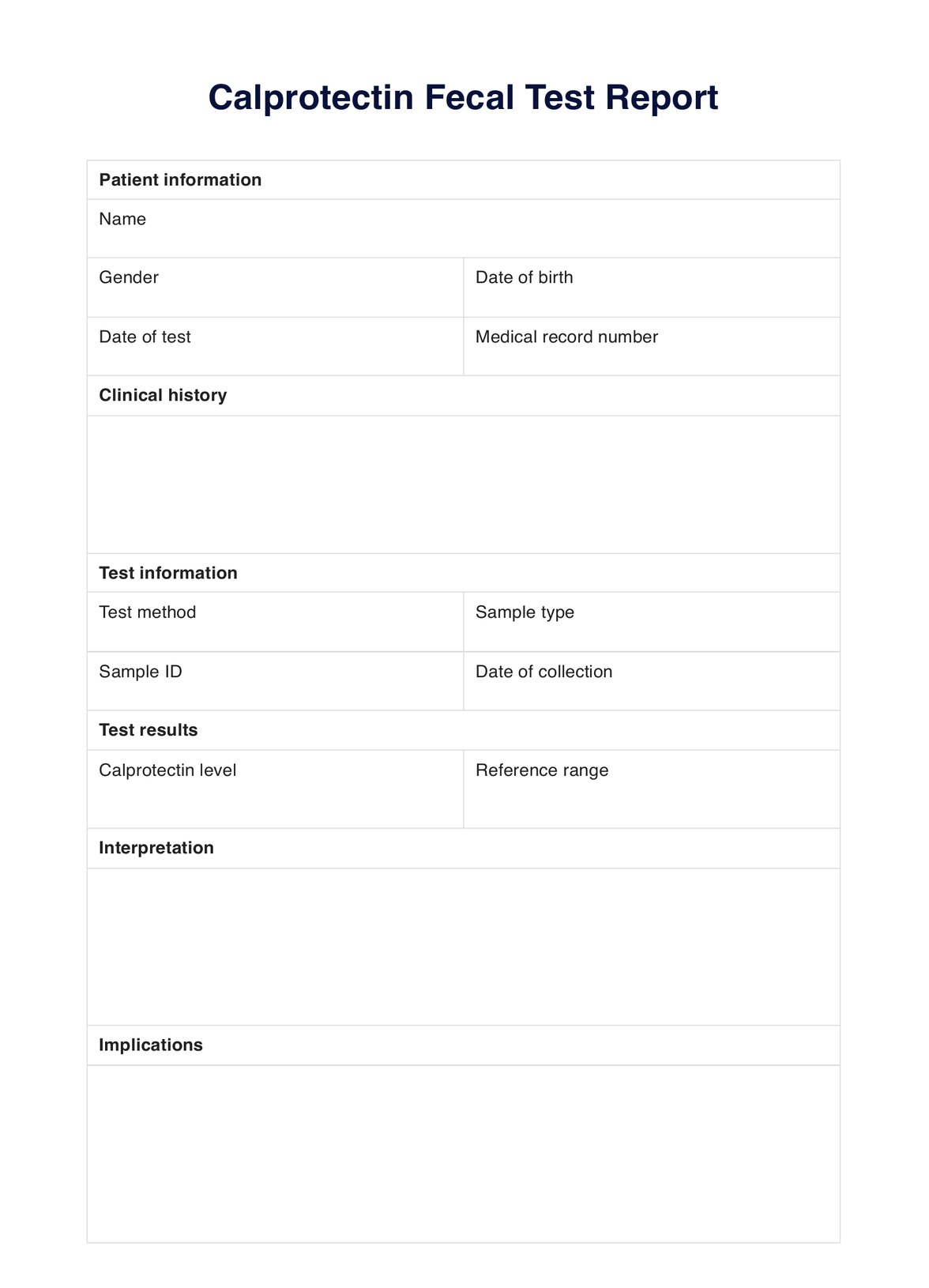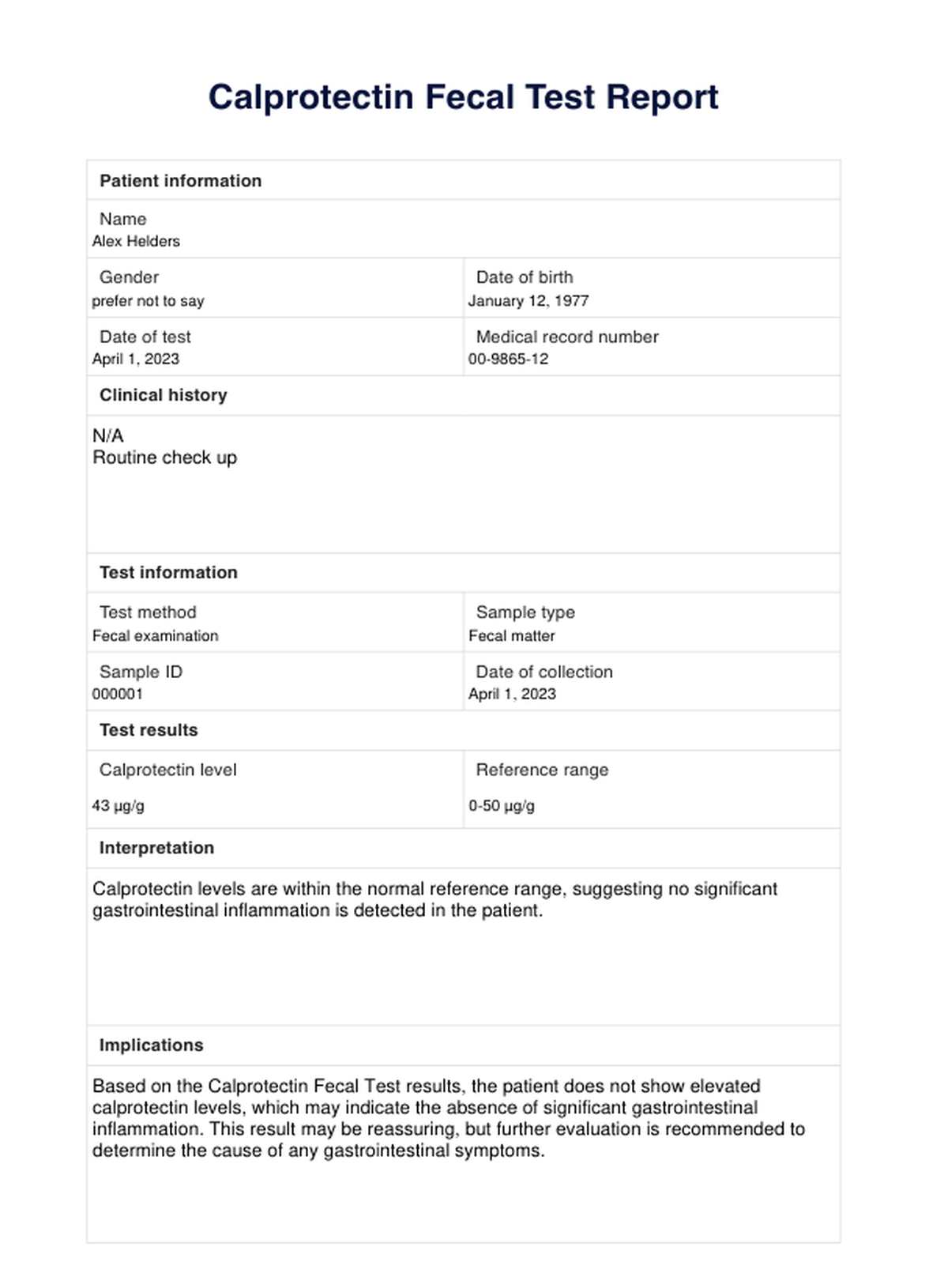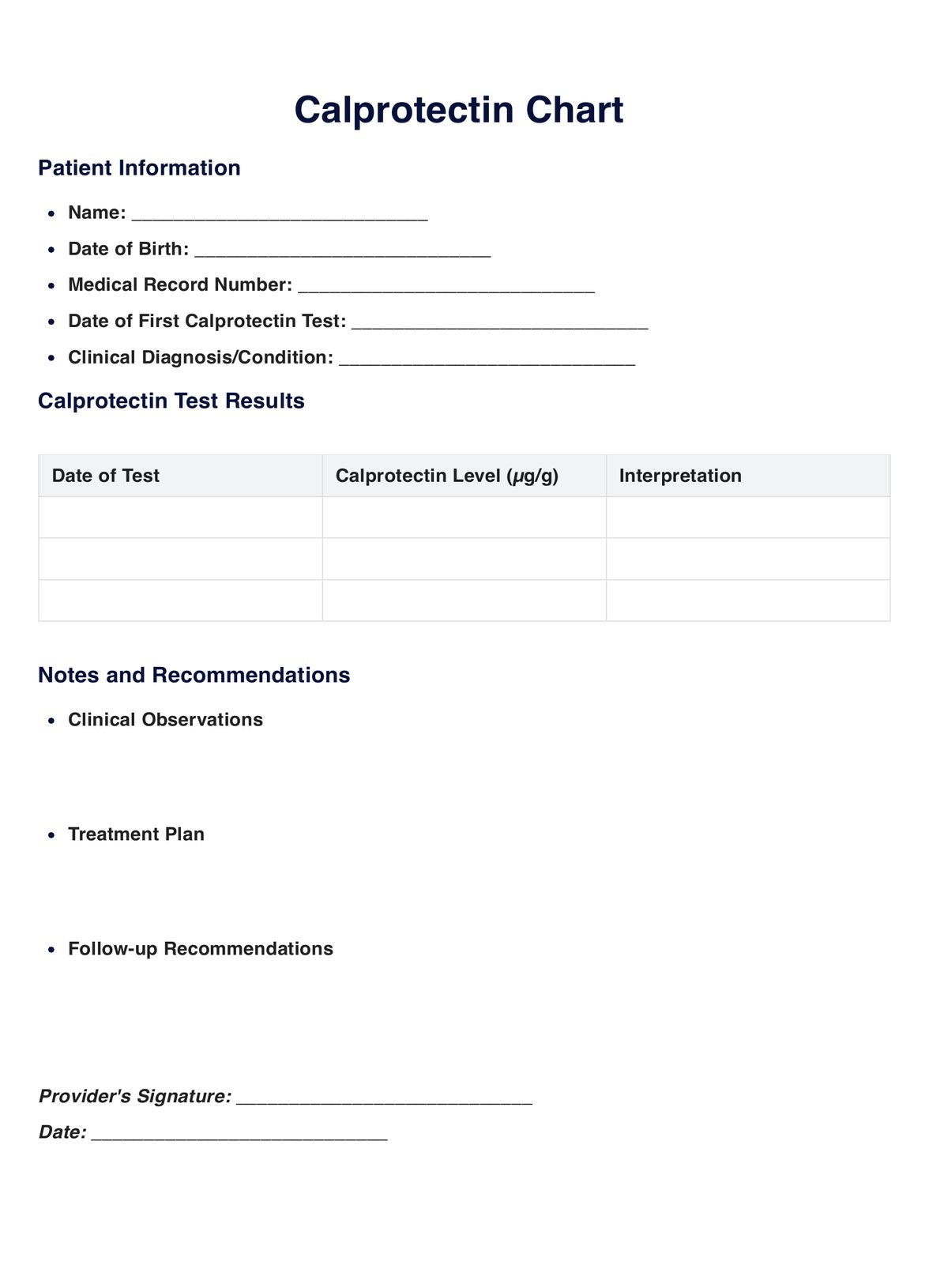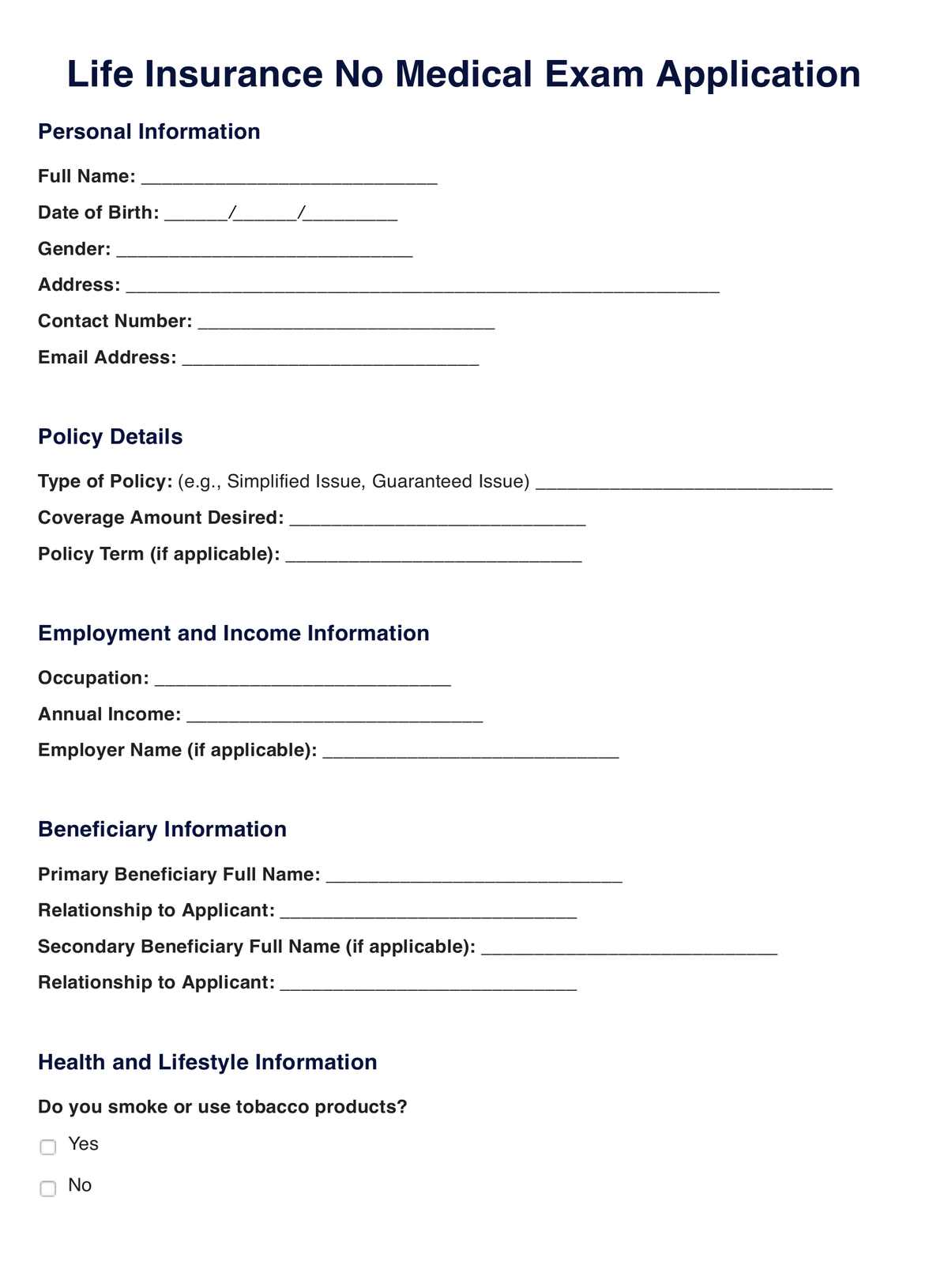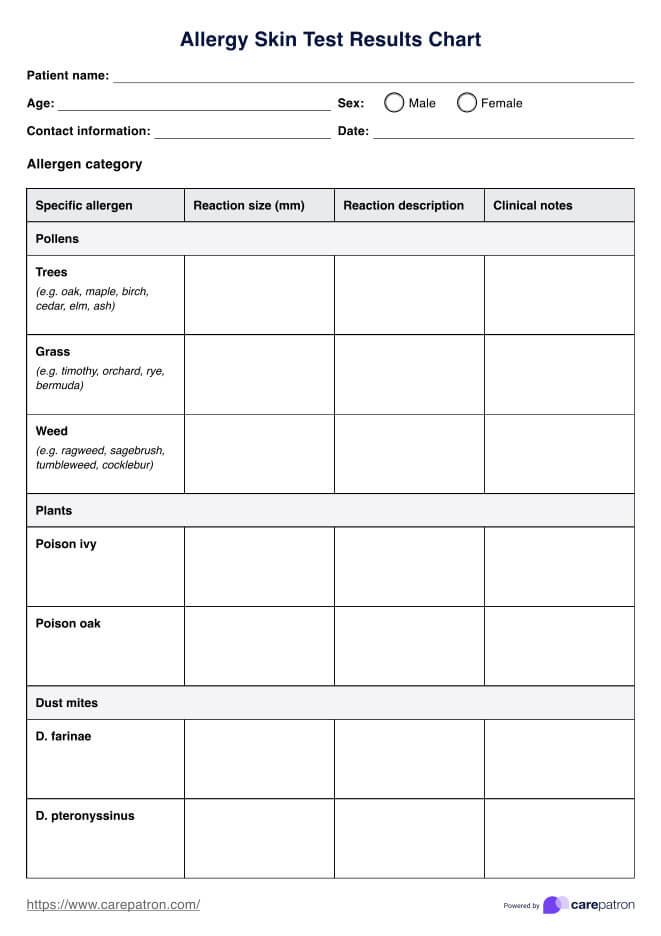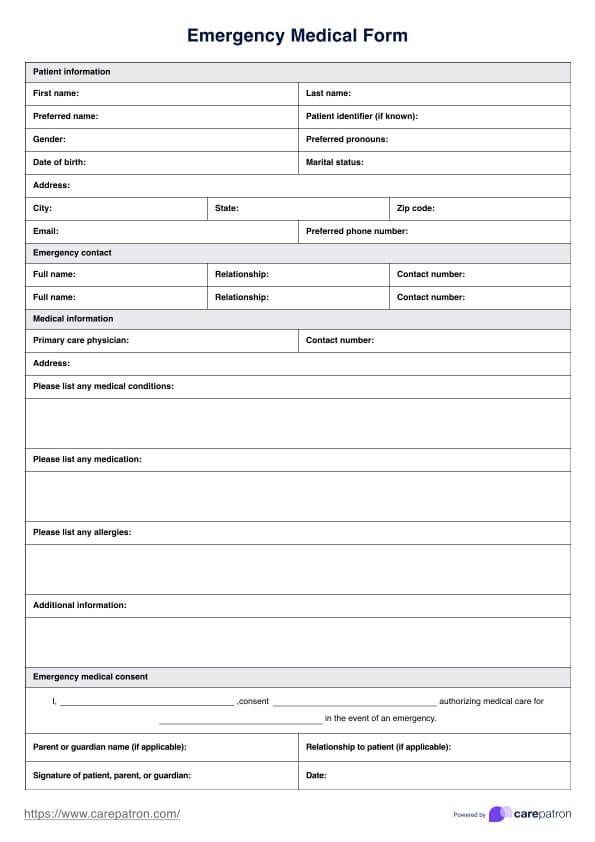Calprotectin Fecal Test
Download a Calprotectin Fecal Test Report template and an example for reference. Learn about the importance of this test and how to interpret results.


What is a Calprotectin Fecal Test?
A Calprotectin Fecal Test assesses the levels of calprotectin in a stool sample. Calprotectin is a protein released by white blood cells in the intestines, and its measurement can provide valuable insights into digestive health. This test helps in identifying and addressing gastrointestinal conditions.
Calprotectin levels in the stool can indicate various gastrointestinal disorders, including inflammatory bowel disease (IBD), Crohn's disease, and ulcerative colitis. The Calprotectin Fecal Test is essential because it allows for early detection and treatment of these conditions, reducing the risk of long-term complications. By identifying potential issues, this test helps individuals take control of their digestive health and make necessary lifestyle changes or treatment decisions to improve their well-being.
A patient's stool sample is collected and analyzed in a laboratory during the test. The results are reported in micrograms per gram (g/g) of feces. A higher calprotectin level indicates inflammation or damage in the intestines, while a lower level is considered normal. The results are typically available within a few days and documented in a Calprotectin Fecal Test Report.
Calprotectin Fecal Test Template
Calprotectin Fecal Test Example
How Does it Work?
Our free Calprotectin Fecal Test Report template lets you record and organize your patient's Calprotectin Fecal Test results. Here's how to use this template:
Step One: Access the template
Obtain a copy of the printable Fecal Test Report template via the link on this page. You can also access it from the Carepatron app or our resources library.
Step Two: Fill out patient information
Start by filling in the necessary information about your patient, including their name, date of birth, and any other relevant details. This helps ensure that the report belongs to the correct individual.
Step Three: Input test results
The template includes sections to input the test date, test method used, and results. You can choose from different units of measurement (g/g or mg/kg) depending on your laboratory's capabilities. The report also allows you to make notes or comments regarding the results.
Step Four: Share with the patient
Once complete, you can share this report with your patient via email or save it in their electronic health records. It is crucial to go over and explain the results in simple terms. It helps the patient understand their condition and the next steps.
When Would you use this Template?
You can use our free Calprotectin Fecal Test Report template to document your patient's test results and communicate them effectively. You can also utilize the template to:
Track a patient's response to treatment over time
Our free template allows you to input and compare multiple test results over time. It helps you track the patient's progress, determine if the treatment is working, or identify any changes in their condition.
Compare a patient's results with standard reference ranges
You can also use the template to compare your patient's results with standard reference ranges for calprotectin levels. It helps you identify if the patient has abnormal levels and needs further investigation or follow-up.
Communicate with other healthcare professionals
The Calprotectin Fecal Test Report template is beneficial for communicating with other healthcare professionals involved in the patient's care. You can easily share the report with them via email or a practice management software like Carepatron, ensuring everyone is on the same page about the patient's results and treatment plan.
Help patients make informed decisions
You can also share the report with your patient and their caregivers to help them understand their test results better. The template lets you explain the significance of their results and how it impact their health, empowering them to make informed decisions about their treatment. It also helps you build trust with your patients by involving them in their care.
What do the Results Mean?
The results of a Calprotectin Fecal Test provide crucial insights into a patient's digestive health. Here's what various results may indicate:
- Normal range (0-50 mcg/g): A normal result suggests that the patient has a healthy level of inflammation in their digestive system.
- Elevated levels (>50 mcg/g): Elevated levels may indicate inflammatory bowel diseases (IBD) such as Crohn's disease or ulcerative colitis. Additional tests and follow-up appointments may be necessary to confirm a diagnosis.
- Extremely elevated levels (>200 mcg/g): Extremely elevated levels may indicate a severe flare-up of IBD or other gastrointestinal disorders. Immediate medical attention and treatment may be necessary.
- Decreased levels (<50 mcg/g): Decreased levels may indicate that the patient is responding well to treatment for IBD or other gastrointestinal disorders.
These are general guidelines, and further evaluation and testing may be necessary to confirm specific diagnoses or determine the severity of gastrointestinal conditions.
Commonly asked questions
Gastroenterologists, primary care physicians, or healthcare providers may request a Calprotectin Fecal Test to assess gastrointestinal health and diagnose or monitor conditions like IBD.
�?�
Calprotectin Fecal Tests are typically used when there is suspicion of gastrointestinal disorders, especially in cases of unexplained abdominal symptoms, diarrhea, or suspected inflammatory bowel disease.
The test itself typically takes just a few minutes to collect a stool sample. The entire process, including sample collection, processing, and analysis, may take a few days to a week. Results are usually available within that timeframe.


